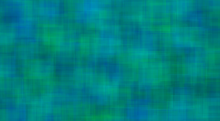This is a rendering of the Julia set for $z' = c \sin(z)$ where $c=1+0.2 i$.
This version includes gamma correction for improved contrast ($\gamma = 0.3$), a linear scaling of the colours from darkest to lightest, and $8x8$ sub-pixel sampling to generate a high-quality antialiased image. It might take a long time to complete rendering.







